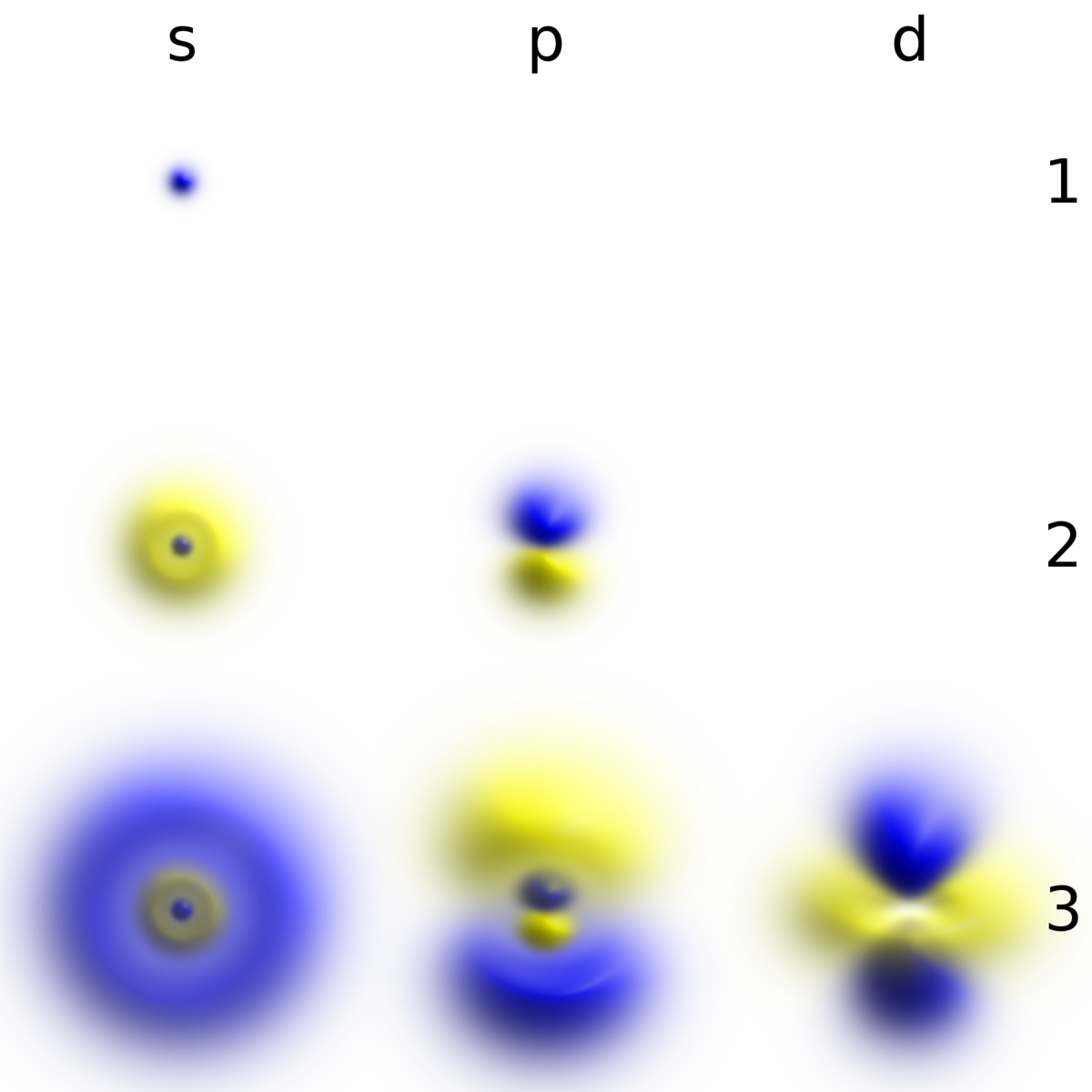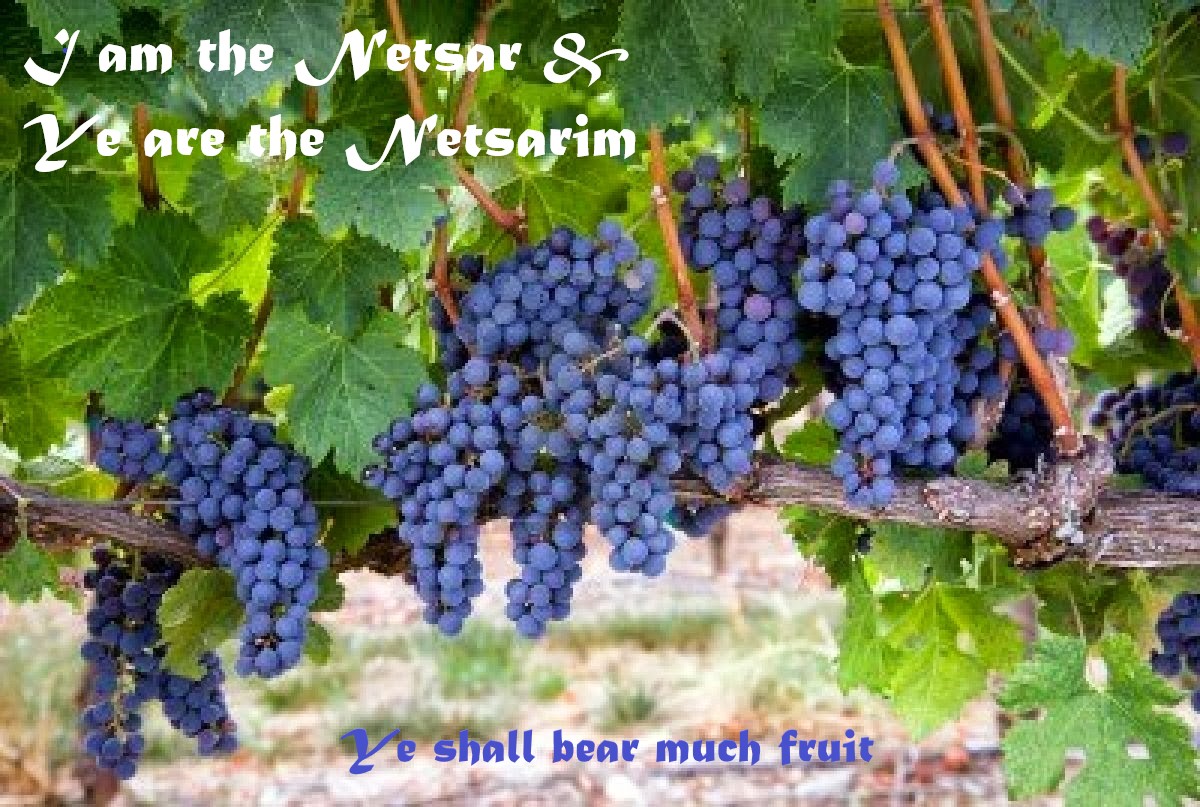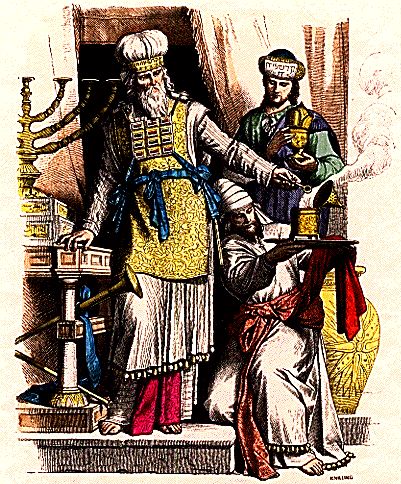View attachment 85518
The image of the tzizit-embellished Hebrew letters above uses infrared photography to show that the fringes (taggin) have been attached to the original text as an embellishment (ala the tzitzit added to the tallit) rather than being manufactured at the time these particular letter were originally put to the parchment.
The addition of the tzitzit to the tallit, or the scroll, is
decreed by God; it's what's called a "chok" (or plural "chukkim"). What's significant about this is that according to Jewish tradition, the meaning of a chok, the meaning of all the chukkim (for instance what do the tzitzit signify) will be revealed in the life and times of King Messiah. The tagin (the tzitzit on the scroll) are even called "crowns" signifying they belong to King Messiah, and that their meaning will come out of, or even be impaled in, on, his head (so to say).
. . . the Kabbalists explain the reasons behind some tagin. Yet for the most part, their meaning remains hidden. . . The mystics explain that for the time being, only the meaning of the actual letters and words of the Written Torah are revealed . . . However, the deeper meanings behind the "crowns" . . . will only become revealed with the coming of Moshiach.
Chabad.org, Why Do Some Letters in the Torah Have Crowns?
In the scroll possessed by Judaism, the tzitzit, which are supposed to be embellished with tekhelet, i.e., a red-purple color, are not in fact embellished with the dye. They're the same color as the text. Similarly, after the destruction of the temple at Jerusalem by the Romans, the receipe for tekhelet was lost, such that in orthodox quarters, the tzitzit attached to the tallit must be made of the same material as the tallit since without the dye the law of shatnez must in every case apply.
Ironically, we read in the Talmud that fourty years prior to the destruction of the temple, which puts us somewhere around 30 AD, the doors of the temple began opening (the NT says tearing) on their own, while the cloth colored with the blood of the scapegoat stopped turning white. In other words, at the same time the receipe for tekhelet was lost (the first century of the current era) all the miracles centered around the temple began to fail.
Lo and behold, at the same time the recipe for tekhelet was lost to Judaism, so that there are no wool/linen tallit (no shatnez tallit), a so-called "New Testament" came on the scene that's said to reveal the life and times of King Messiah. The new scroll was embellished with the strangest of anomalies. The words of King Messiah (Oral Torah rather than written Torah) were fancied written in red, or read purple. In this so-called "New Testament," the scroll has a mixture of words related to both the profane revelation, i.e., written revelation, come, so to say, from what the
pen is in its kind of proliferation/propagation of hidden truths, versus red-purple words interspersed with the black dye of the profane text, which, the red, or read purple words, represent the Oral presentation of truths from the very head, mouth, tongue, of King Messiah.
Unlike the so-called "Old Testament," where the profound difference between the written writ versus the tzitzit, is unknown and unremarked on (there's no tekhelet embellishment of tzitzit, fringes, or crowns, on the Torah-text), in the "New Testament" every word, Oral Torah, from the mouth of King Messiah, is red or read purple, right there on the scroll itself, such that even today a Jew can pick up a so-called "New Testament" from a bookstore and find that the tzitzit that are grafted onto the mundane or profane revelation of the written writ, are, the tzitzit are, red and read purple, right there on the page, implying that the
lost and found for the recipe for the manufacture of tekhelet is right there in the red and read purple text of the so-called "New Testament."
Is the Messiah as a new Moses who leads his people out of exile into the world of redemption also perhaps the giver of a Torah for the time of the redemption? Is the Torah and its radiation outward via the tradition the final word of God to Israel or is there in the Messianic or apocalyptic view a new revelation, a new form of the word of God?
Gershom Scholem, The Messianic Idea in Judaism, p. 53.
John




